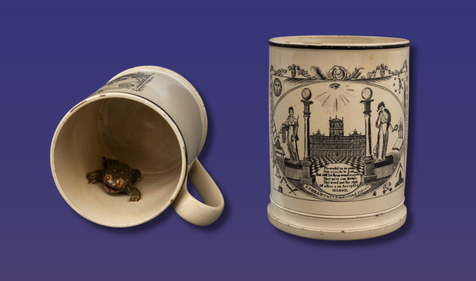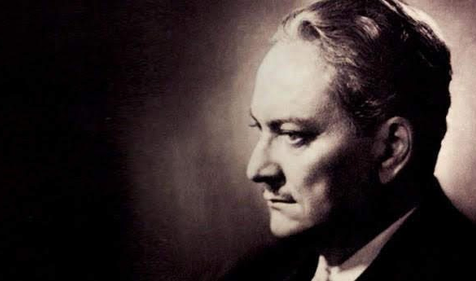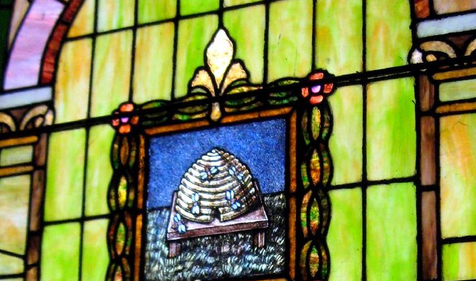This article examines the life and accomplishments of Major General and Freemason, John A. Lejeune.
“Masonry is essentially democratic. Military or civil rank, riches, place or power do not affect a man’s standing in the Order.” - John A. Lejeune, 1930
Devotion to Country is embedded in the DNA of 32° Scottish Rite Freemasonry as one of our six Core Values. We strive to celebrate altruistic brethren and their achievements in the Armed Services, for these men have truly committed themselves to the service of others. Worthy of recognition for his nearly 40 years in the United States Military is Brother John Archer Lejeune, a lieutenant general in the United States Marine Corp.
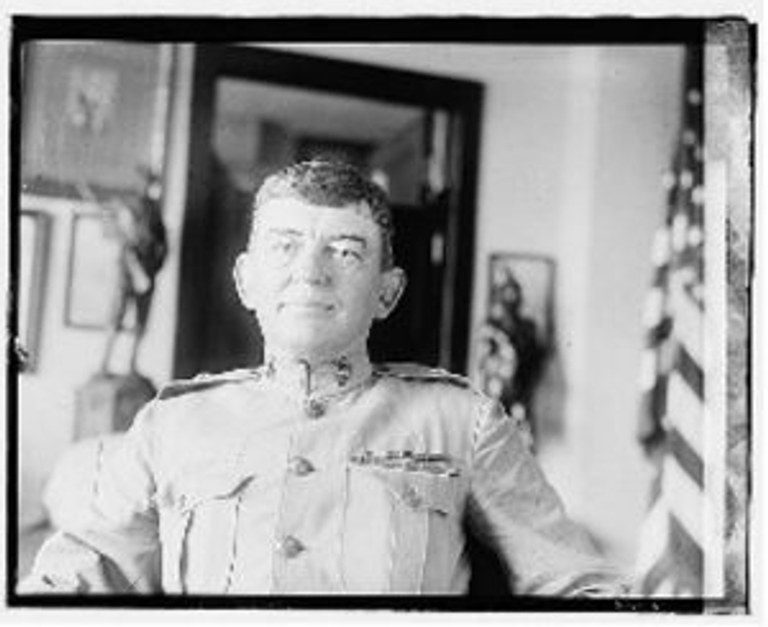
In his distinguished military career, he served as commander of the U.S. Army 2nd Division, major general commandant of the Marine Corps. He was a decorated veteran of the Spanish American War and World War I. Often referred to as the "greatest of all Leathernecks," Lejeune received dozens of awards and accolades, including the French Legion of Honor, Distinguished Service Medal for both Army and Navy service, and a World War I Victory Medal.
Early Life & Education
John Lejeune (pronounced luh-jern) was born on January 10, 1867, at the Old Hickory Plantation near Lacour, Louisiana, in Pointe Coupee Parish. Young Lejeune attended the preparatory program at Louisiana State University in Baton Rouge from September 1881 to April 1884. He was appointed as a midshipman at the United States Naval Academy and graduated in 1888, ranking second in his class.
After working on a two-year cruise as a midshipman, Lejeune was appointed to Naval Engineering but quickly realized he did not want to pursue a career in the Navy and instead desired to enlist in the Marine Corps. At first, he could not secure his transfer, but after contacting the Secretary of the Navy, his appointment to the Marine Corps was arranged. On July 25, 1890, he was commissioned a second lieutenant in the Marine Corp.
A Traveling Man
For the next 39 years, John Lejeune’s military experience took him all over the world. On August 2, 1897, he assumed command of the Marine Guard of the USS Cincinnati, a position he held throughout the Spanish-American War. After the war, he oversaw Marine Battalions in Panama, Florida, and Washington D.C. In May 1907, Lejeune assumed command of the Marine Barracks and Naval Prison, Navy Yard, Cavite, in the Philippines, and was promoted to lieutenant colonel in May 1909. He returned to the United States in June 1909 and attended the U.S. Army War College, graduating in 1910.
After several years serving in Panama, Cuba, and Mexico, he returned to the states in December 1914. He was appointed assistant to the Major General Commandant of the Marine Corps and promoted to brigadier general in August 1916.
World War I
Once the United States entered the First World War, Lejeune was destined to enter the fray. In June 1918, he arrived at Brest, France, and was quickly promoted to major general. Lejeune commanded several Marine Brigades during the war, including a brigade of the 32nd Division and the 4th Brigade of Marines of the 2nd Division immediately following the Battle of Soissons.
Major General John Lejeune was bestowed the Legion of Honor and the Croix de Guerre by the French Government for his role in the war as a leader and strategic military mind. Upon returning home following the war, he received The Navy Distinguished Service Medal and was made major general commandant of the Marine Corps in July 1920.
Commandant of the Marine Corps
As the ranking officer of the Marines, Lejeune made tours and inspections of Marine operations in Haiti, Santo Domingo, Cuba, Puerto Rico, and throughout the United States. In 1929, although he was dedicated to serving in the United States military and expressed his reluctance to retire, he was relieved of command. He accepted a position as the Superintendent of the Virginia Military Institute. He served there until his resignation due to ill health in October 1937. Five years later, Lejeune was advanced to lieutenant general on the Marine Corps retired list.
A Marine’s Marine (Legacy)
After passing away on November 20, 1942, at the Union Memorial Hospital in Baltimore, Maryland, Lejeune was interred in the Arlington National Cemetery with full military honors.
Marine Corps Base Camp Lejeune in North Carolina was named in his honor during World War II. Lejeune is often referred to in the present day as being the "greatest of all Leathernecks" and the "Marine's Marine."
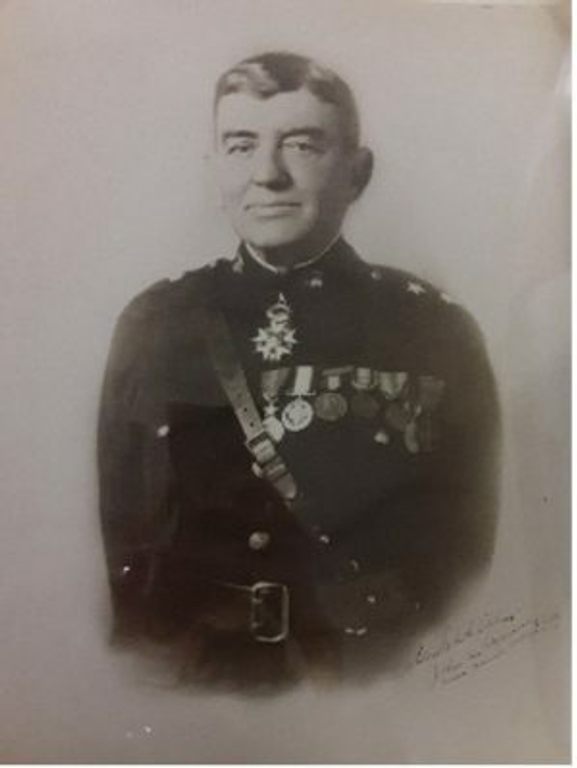
Devoted Freemason
In 1919, while serving during World War I, Lejeune became a Mason, joining Overseas Lodge No. 1 in Coblenz, Germany. He retained his membership in the lodge, which moved to Providence, Rhode Island, and was re-named Overseas Lodge No. 40. He went on to join the Scottish Rite and the Shrine in Washington, D.C. in the early 1920s. Recognized as an extraordinary Mason, fellow Freemasons in Quantico, Virginia, formed a lodge named in Lejeune’s honor in 1925. This lodge, Lejeune Lodge No. 350, and Camp Lejeune are tangible reminders of his legacy as “a Marine’s Marine” and a devoted Freemason.
Bro. Lejeune is currently featured in The Scottish Rite Masonic Museum& Library’s new exhibit, The Masonic Hall of Fame. If you are interested in learning more about John Lejeune and other famous Freemasons, you can view the exhibition in-person in Lexington, Massachusetts at the museum.
Related Stories
Discover additional Scottish Rite blogs and news on this topic.
-
A Jolly Masonic Mug
History
Read More about A Jolly Masonic Mug
-
Manly P. Hall: Philosopher, Mystic, and Freemason
Famous Masons
Read More about Manly P. Hall: Philosopher, Mystic, and Freemason
-
What Does the Beehive Mean in Freemasonry?
Degrees
Read More about What Does the Beehive Mean in Freemasonry?

